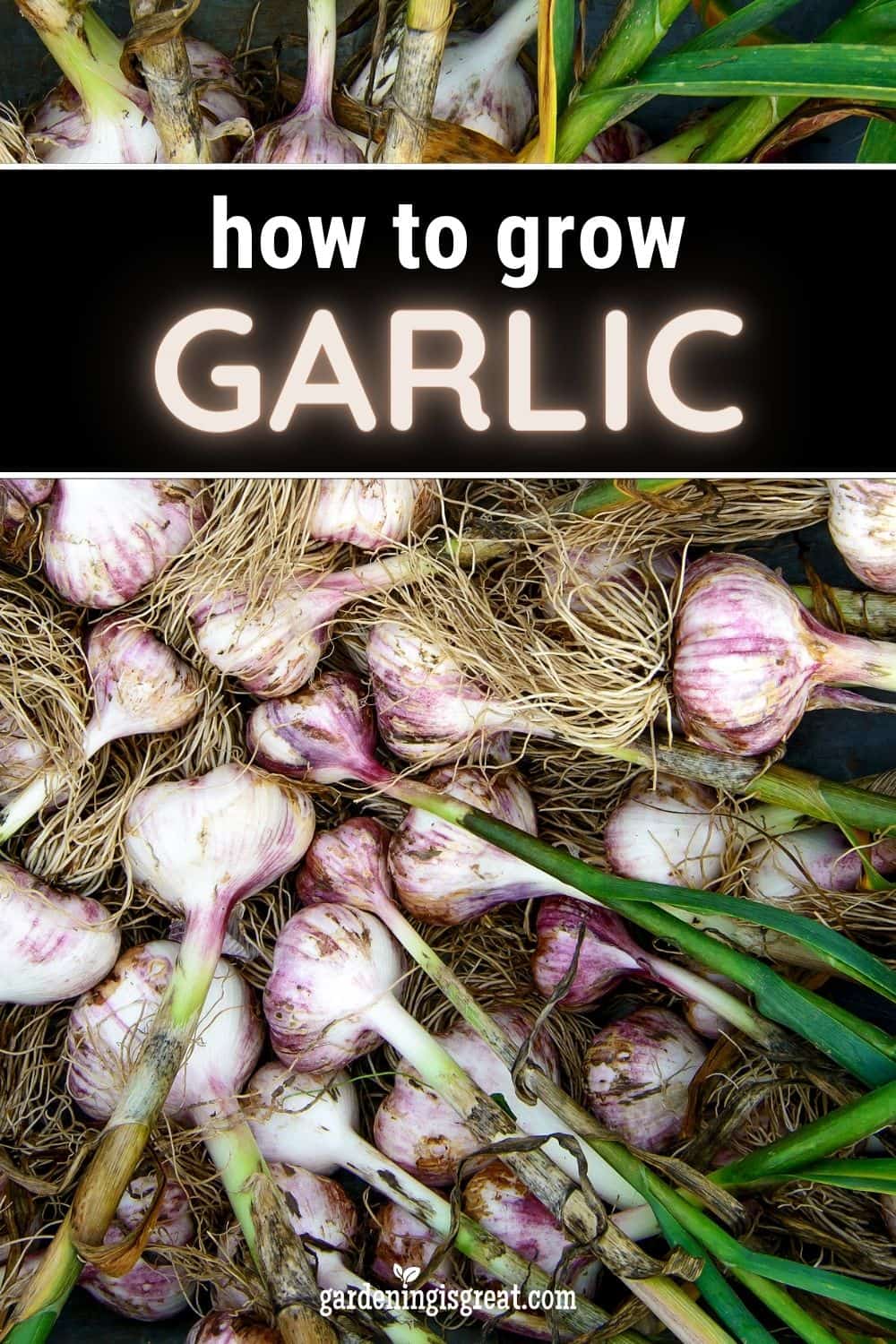How to Grow and Harvest Garlic
Garlic is a rather unique vegetable to grow and it can have a lot of uses. It is best used as an ingredient in many recipes or as a garnish. However, it would be an immense understatement to say that it is only good as a small kitchen ingredient.

Garlic can be used in a lot of recipes and packs tons of flavor. Further, when you grow it at home it will always taste better. There are tons of ways to use garlic in the kitchen, making it a great plant for your garden.
Following is the rundown on how to best grow garlic all the way up to the harvesting process.
Why Garlic?
Overall, garlic has many benefits and is a great plant to add to your garden. It is a hardy plant and is easy to grow, making it suitable for a broad range of climates. The taste of garlic is unique and is used in many recipes and dishes as well.
Further, garlic is a smaller plant and does not take up much room. It is also well suited for container gardening meaning that more gardeners can implement it in their set-ups.
Types Of Garlic
There are two main types of garlic that you need to know about: softneck and hardneck. Softneck garlic is what you would find at the grocery store and is best suited for milder climates. It is not as hardy as hardneck garlic.
Softneck garlic produces smaller bulbs, but they have more flavor to them despite their size. On the other hand, hardneck garlic is a hardier plant but is more vulnerable to splitting.
They thrive when there are real winters that are cold as in warmer climates they can fail to grow. As such, it is best to choose the garlic that is better suited to your region in order to maximize the chances of success when growing it.
When To Plant
Garlic should be planted in the fall, or about four to six weeks before the ground freezes. In areas with mild winters, it can be planted in the wintertime but no later than February. Garlic needs cool temperatures to grow, so bear that in mind.
How To Plant
When planting garlic, the soil needs to be naturally loose. If it isn’t, you will need to add some natural compost or fertilizer to help subsidize it.
When you are ready to plant, separate the garlic into its cloves as you would when using it in cooking. However, do not peel it. Rather, plant each clove about an inch into the ground with the larger bulbous part sticking down.
If your winters are colder, you can plant it about an inch and a half to two inches deep in the ground. Your cloves should be spaced about two to four inches apart with about a foot in between rows.
Growing Needs
During the initial growth period, you should water your garlic plants like any other. However, if there is a lot of rain don’t water them, lest they become overhydrated.
During their green period, before they form bulbs, fertilize them periodically
Harvesting & Drying Your Garlic
When the leaves of your garlic start to turn brown, it is almost time to harvest. Harvest can begin when there are no green leaves left on the plant. You should start checking on your garlic daily once there are about a half dozen green leaves left on the plant.
When you actually harvest, keep in mind that grown garlic plants can be rather fragile. As to not break them, take a gardening fork and soften the soil well away from the garlic plant itself. Once the soil surrounding the plant is soft, gently remove the garlic plant from the ground.
Once you have harvested your garlic, it will need to cure before it can be used in cooking. To cure garlic, collect them in bundles of about a dozen and tie them together at the leaves. Then, find a dry area to hang them in until cured.
Once the garlic is cured, cut off the bulbs and remove the outermost layer of skin. Be careful that you don’t expose any of the garlic cloves.
Storing Garlic
Store your harvested garlic in a cool and dark place that’s around 40 degrees Fahrenheit. It should get some air circulation, so don’t store it in a container. Instead, braid it and hang it to store it for later. You can also place the bulbs in a mesh bag and store them in a cool place away from sunlight.
Garlic is an incredibly easy plant to grow, and it’s one of the few plants that should be planted in the fall. It requires little maintenance, so it’s a good crop for beginners as well as seasoned gardeners.
And for more guides on growing vegetables in your garden, check out these:
